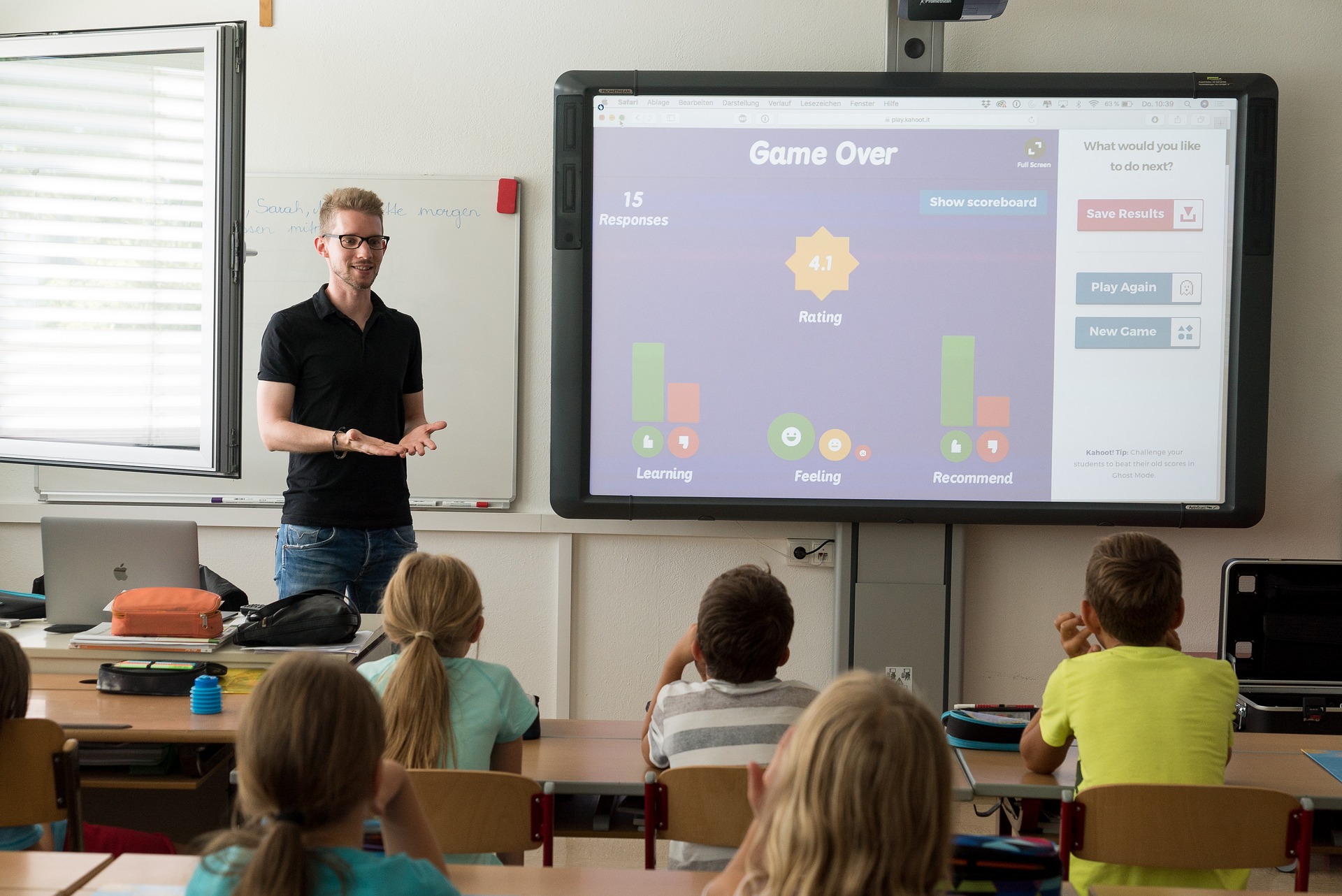The forthcoming 5G technology was announced a couple months ago for great innovations. The European Commission has already started to collect all the information about the 5G because it will “provide virtually ubiquitous, ultra-high bandwidth, and low latency “connectivity” not only to individual users but also to connected objects”. As some of us already know, it will be a revolution for our digital life, it will change several things for the industry, the privacy of individuals through the phones but it will also have an impact for the education. This last point is what this article will mainly focus on: how the impact of the 5G on education could be a breakthrough.
Over the years, Education found in the Internet a great resource for its purpose: making the learning process more attractive and interactive for students.
The newest devices, such as tablets, powerful computers, digital screens and new technologies like VR (Virtual Reality) and AR (Augmented Reality) also allowed the teachers to adjust their lectures to the digital revolution, creating new ways to plan and present their programs. At the same time, the educators can contemporarily demonstrate how a tool is used and have the trainees’ practice and improve their skills.
The 5G will make it possible to have “immediate access” to researches, to surf for videos faster and in a better quality than 4G. We will be able to download videos, applications and images in seconds instead of minutes. This will not only let us save time, but it will help the students not to lose their interest in the lesson, as the teachers will be supporting their lectures with high quality, a “real-time data collection and analysis” and easy to reach media.
Furthermore, technology will bring effective learning for all. Some special needs students’ education depends on individual teachers and/or robots. This fifth-generation network will allow to increase the “cleverness” of the robots via their AIs, making them an even more powerful boost to the learning process.
Some schools are located in remote places: the 5G will give these schools and their students a much better access to the internet and e-learning platforms.
This technology could improve the concept of interactive classrooms by the use of high-performance AR and VR technologies. They allow the user to see and touch any kind of 3D design. Besides, they let you hear and move into an artificial environment and interact with it.
The Aurea4rural project from Dlearn aims at increasing the rural tourism through an AR platform that will be used by students and professionals of the same sector and related ones to empower tourism businesses and to help them being part of the digital world.
The 5G can transfer a high quality of media and a fast connection to the internet in order to reach the highest functionalities of the AR and the VR. For example, geography, history and science classes can use AR and VR to explain and demonstrate evolution of the world, figures, human body, bring a new way of teaching through a friendly interaction.
The 5G could give access to a higher, futuristic education.
- https://www.cnet.com/paid-content/news/future-of-5g-transforming-education/
- https://blog.tcea.org/5g/
- https://ec.europa.eu/digital-single-market/en/towards-5g
- https://www.gettingsmart.com/2019/04/5-ways-5g-will-make-classrooms-smarter/
